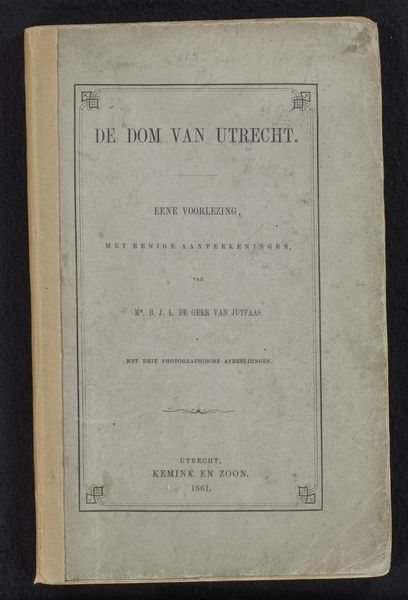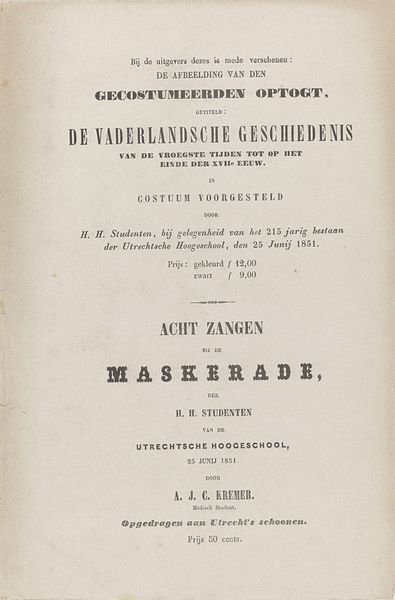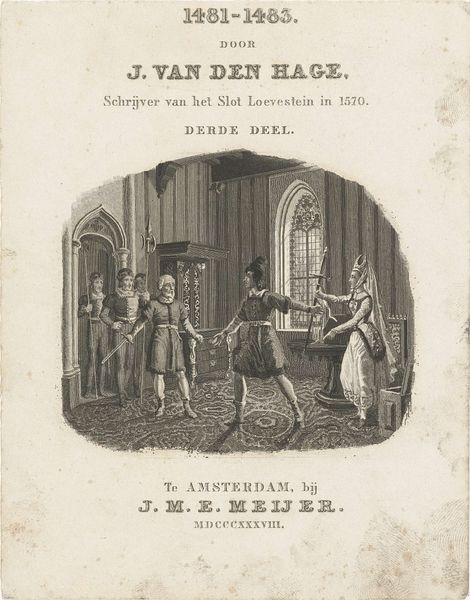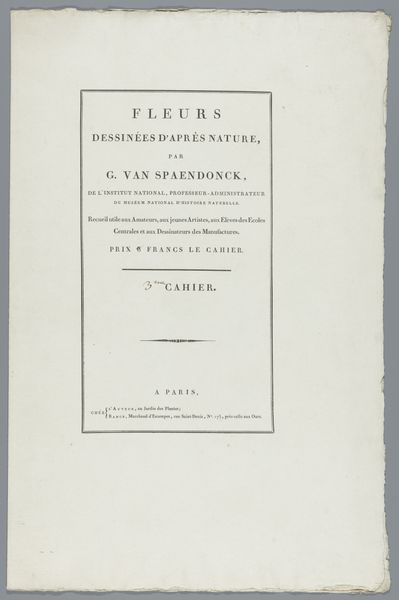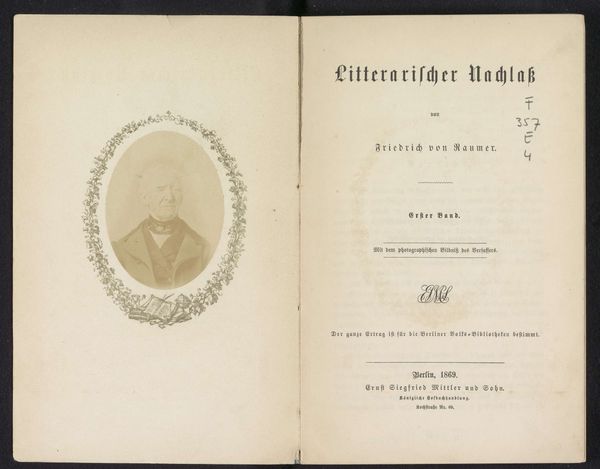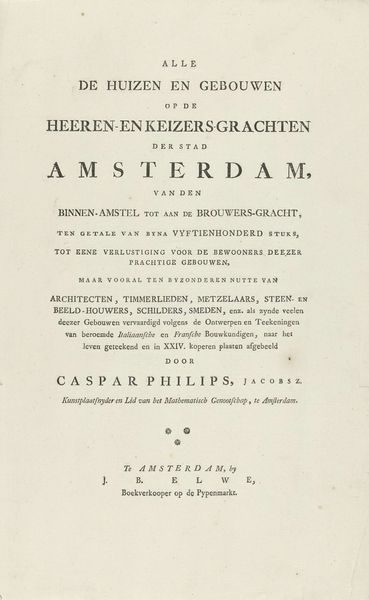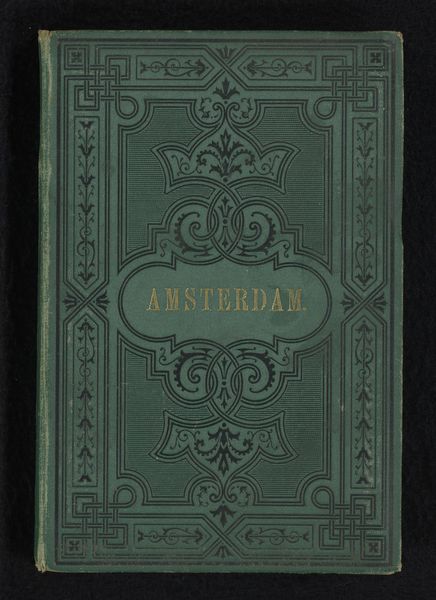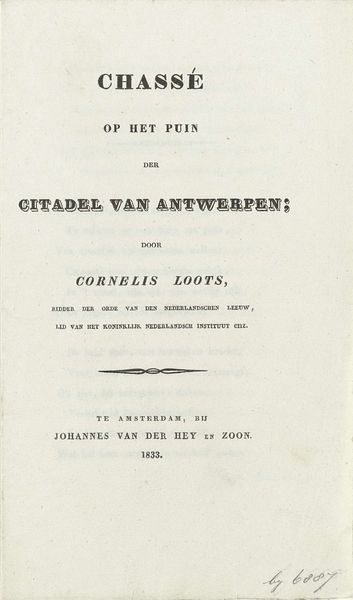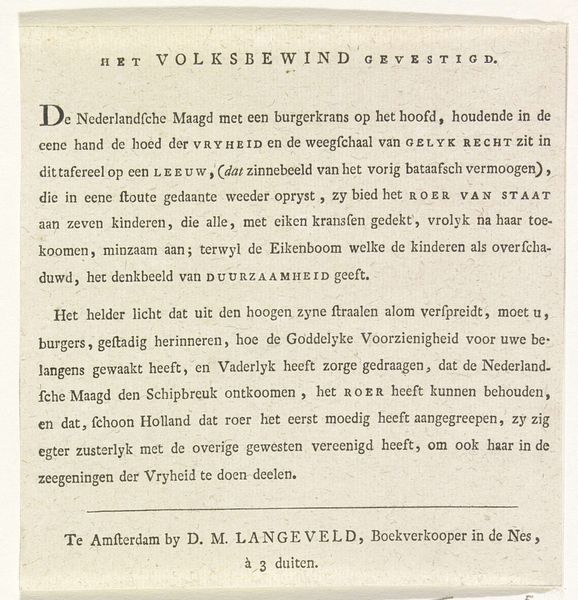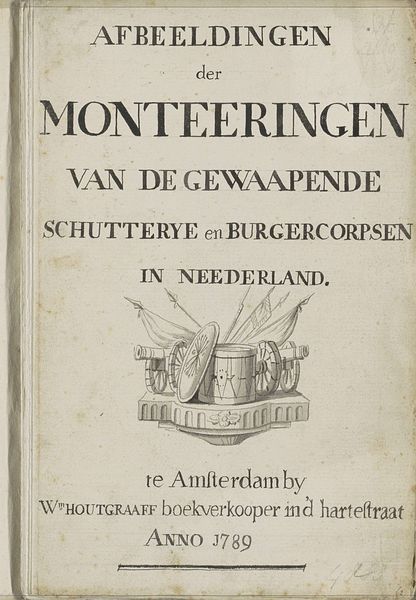
drawing, paper, typography
#
portrait
#
drawing
#
art-nouveau
#
paper
#
text
#
typography
#
watercolour illustration
Copyright: Public domain
Editor: This is the cover of "The Masks" by Theo van Doesburg, created in 1910. It looks like a drawing on paper. The portrait feels quite serious, almost satirical. What's your take on this, and how would you interpret the message it sends? Curator: What strikes me is how this image interacts with the burgeoning ideas of art’s role in social commentary at the time. The Art Nouveau style, with its delicate linework, feels almost contradictory when paired with what looks like a harsh portrayal. Do you think the artist is targeting an individual, or a social type? The name of the journal could give us clues to this puzzle: what might an association between ‘Letters and Arts’ imply at this moment of intense social change and modernization in Europe? Editor: That's interesting. The title "The Masks," suggests the 'mask' may be of social expectations? Perhaps he wanted to reflect modern society with all of its problems? Curator: Precisely. The portrait, framed by the book cover's design, becomes a comment on the perceived facades within society. How do institutions and the societal elites affect and ‘mask’ the lived realities of ordinary individuals? I wonder, looking at the title, if the intention might be to ask how social ‘masks’ are linked with personal freedom and authenticity? What I find stimulating here is its political role as both an illustration, and social crititique, inviting conversations around authenticity and public performance in the art community. Editor: I hadn't considered it in that light before. I see now it is less about the literal portrait and more about the broader societal masks being addressed. Curator: Indeed, understanding the interplay of art, its context, and public interpretation helps us reveal the complexities. A drawing is never "just a drawing"–it carries histories of power, discourse, and cultural critique.
Comments
No comments
Be the first to comment and join the conversation on the ultimate creative platform.
